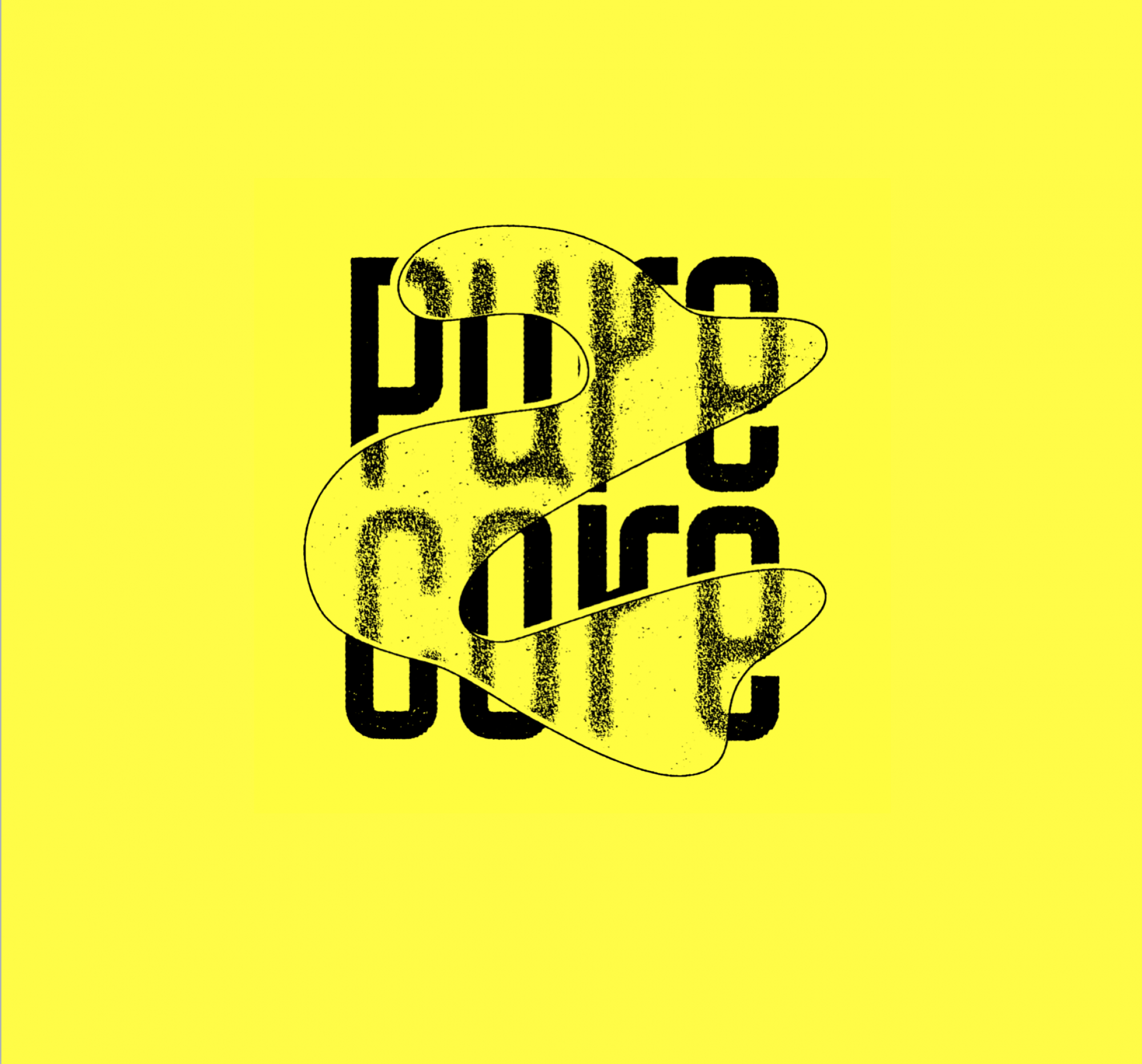Excerpts of critiques on Pure Core
(Translation: Hokuto Kodama)
“Kodama apparently had in his mind, the issue of restriction on dance at the clubs in Japan by the Amusement Business Law, which has been causing a juridical debate. I clearly remember the comment of a specialist of the law at the symposium on this matter back in 2015, where he pointed out that dance’s undefinable character is functioning in uncanny way in the precise logic of the law. Dance is simultaneously inside and outside the law.”
“Pure Core contains very critical spirit which makes one rethink that the dancing body accepts not only the forgiveness towards the strange feeling towards the other, but also that within oneself, and “the other” within ourselves. What is seen ahead of it, is the other possible body outside of “the law” or “the self”. “
from “To the ‘Outlaws’ as Such” by Yuma Ochi (Lecturer, Ehime Univerisity)
“The shiver that appears in between the steps form the basis of this work, and how the body suffers and be shaken by the force which emerges from within the self is shocking. Such images remind me of alienated subjectivity of ourselves and that even our desires are choreographed. Dance floor is an apparatus of enacting the pleasure or impulse, and also the locus where the forces to control or betray the body conflict with one another. The body that shivers is there overwhelmed, dominated, tortured, and suffered, but that “something” has its origin in the body itself, and yet, it also transcends the will of the self. Are the steps danced voluntarily to begin with? Did the body that dances demand the desire and pleasure? Didn’t the subject who has such intension proceed towards vanishment? Or maybe one is forced, to dance in the cloudy state between the subject and object? The theatre gets filled with the tone of irony that makes one feel like that, and it is not so out of context for the audience to overlap such dystopia-like images to the political situation of our age. Exposed body of dancers are choreographed by the knit-picking logic of capitalism, and it becomes an object affected by domination and violence, exploitation and exclusion, and various powers, desires, and emotions. The chemical formulas on the floor seems to suggest the materiality of body that is objectified. Pure Core, or the core that is pure, is here pointing at the body reduced as mere material, or the motif of body as antibodies that survives through the catastrophe. “
from “Dramaturgy towards the Resistance” by Mari Takeda (Dance critique)
“How can we, in between such tensions, literally, move? This work was an inquiry of such narrow margins through dance. And in this journey, the questions of where one can discover the drug like power, and if one can find it within “the self”, were carried throughout.”
“It is not easy to continue producing the effect of physical impact autonomously. Yet the issue they insisted as a practice is organically continuous to the sociological question. That is, the question of whether if one can recognize the otherness not as a being outside of the self, but also within oneself. For those who insist on “clean” and “proper” society, behaviors trying to depart from preexisting order have always been the subject of detestation and caution. The reason why this work has strong influence from the club culture is because, in the Japanese social context, the clubs have been seen as the hotbed of those alternative behaviors.”
“We must affirm the fact that we are different, but at the same time, just like the flag that flew in the mid-air, we also have to make an effort to create a mutual scene together. To affirm the others within the self may help such an effort. This work makes one realize so.”
from “The Dance of Immanent Impact” by Hikaru Okamoto (Dance researcher, Kobe University)
